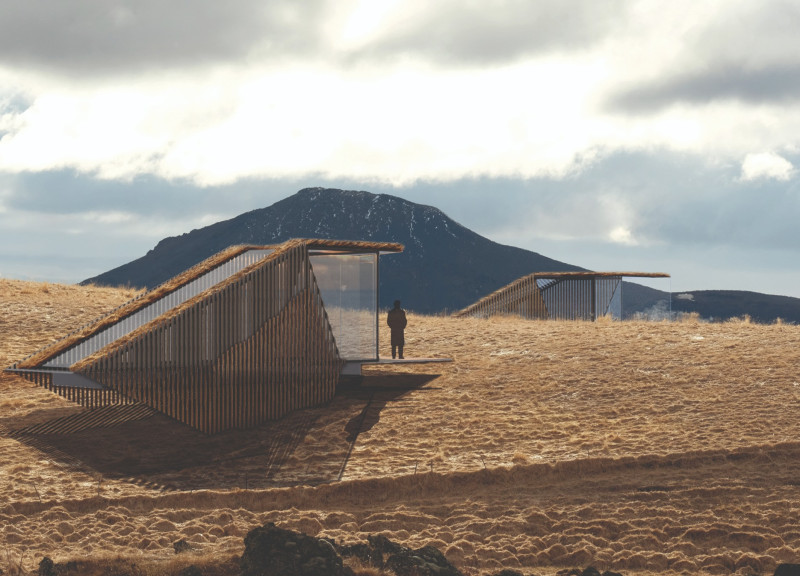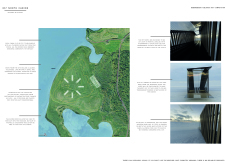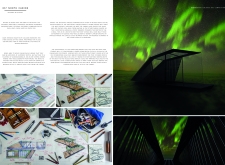5 key facts about this project
At first glance, the project's form showcases a deliberate approach to massing and scale, responding thoughtfully to the surrounding context. The building's exterior reflects a curated selection of materials, including exposed concrete, glass, and metal cladding, which not only provide durability but also contribute to the overall visual language of the design. The interplay of these materials creates a cohesive aesthetic while ensuring longevity and low maintenance. The inclusion of large glass panels enhances natural light penetration, creating open and inviting interiors which are further complemented by strategically placed overhangs that provide shade and reduce solar gain.
One of the most important aspects of this project is its commitment to sustainability, a theme evident in its architectural decisions. The integration of green roofs, rainwater harvesting systems, and solar panels not only supports the building’s ecological footprint but also contributes to the overall efficiency of operations. Landscape integration is a key consideration, with terraces and gardens designed to not only serve as recreational spaces for residents but also to promote local biodiversity and enhance urban ecology.
In terms of spatial organization, the project features an intuitive layout that prioritizes accessibility and flow. Residential units are arranged to maximize privacy while offering views of the surrounding landscape, providing a serene living environment amid urban life. Community spaces, such as shared lounges and rooftop gardens, encourage interaction among residents, fostering a sense of neighborhood and connection. The design of these spaces underscores the overarching goal of creating a vibrant community within the urban fabric.
Unique design approaches are evident in several areas of the project. The façade, characterized by a dynamic rhythm of vertical and horizontal elements, not only serves aesthetic purposes but also addresses functional requirements such as sun shading and ventilation. This architectural language creates a sense of movement and vitality, drawing the eye and giving life to the streetscape. Furthermore, the careful consideration of acoustic performance within the design minimizes noise disruption from the urban environment, enhancing comfort for all occupants.
In this architectural endeavor, the designers have skillfully utilized local materials that resonate with the regional identity while ensuring that the project remains relevant to contemporary needs. The selection of finishes and fixtures supports both the design narrative and sustainability goals, employing energy-efficient technologies that align with the aims of reducing the building's environmental impact.
Additionally, the project's contribution to urban living extends beyond its physical structure. By incorporating features that promote active transportation, such as bicycle storage and easy access to public transit, the design encourages residents to engage with their environment more fully. This forward-thinking approach to urban living and architecture emphasizes the importance of adaptability and resilience in contemporary design practice.
For those interested in exploring further details about this project, including insights into architectural plans, architectural sections, and architectural ideas that shaped its creation, a comprehensive presentation is available. This allows for a deeper understanding of the design’s nuances and the innovative strategies employed in its development, enriching the discussion surrounding modern architecture in today's urban landscapes.


























